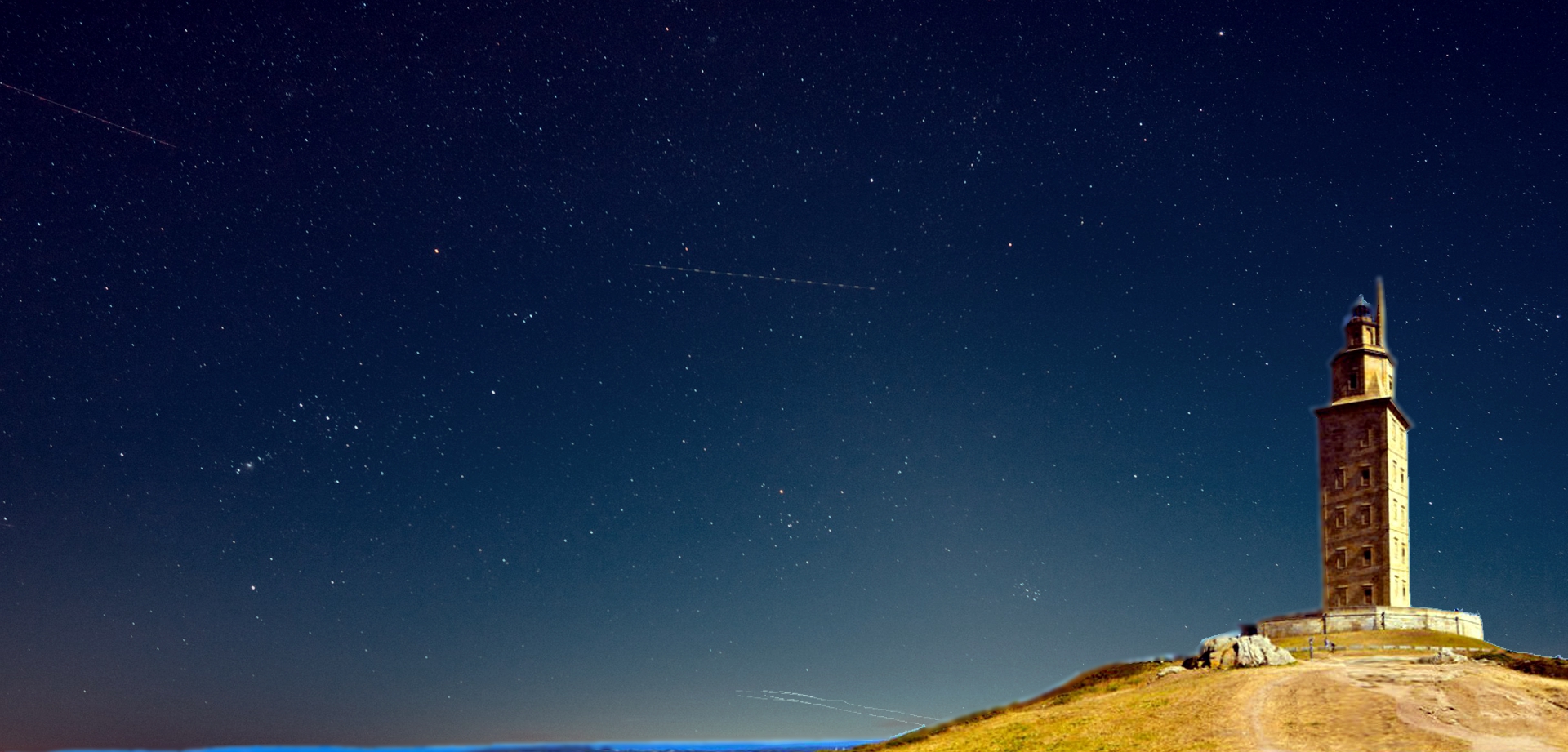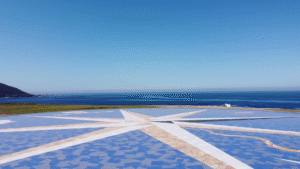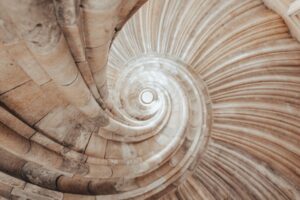
Fondo Natural: A Healing Vision for a Wounded Land
Though modern society places immense weight on collective forces and public opinion, my experience with the Fondo Natural project taught me something more essential: that one individual—when aligned with a deep inner vision—can become a powerful catalyst for social and cultural transformation. That inner vision was shaped by the archetype of the Solar Warrior, whose mission is not to impose change from above, but to integrate conflict—internal and external—into a path of meaning, unity, and renewal.
The Fondo Natural project emerged in my imagination in 2003, but its origins trace back to a collective trauma: the Prestige oil tanker spill of 2002. This ecological disaster devastated Galicia’s marine environment, but it also left a psychic scar on its people—many of whom feel a deep-rooted connection to the land and sea, born of an ancient Pagan and Celtic heritage, a Celtic heritage excellently exposed in the Compass Rose, below the Tower of Hercules.

the Compass Rose beneath the Tower of Hercules,
origin point of a vision seeking
to heal the bonds between land, sea, and spirit
That ancestral bond with nature was desecrated, and I felt, in a deeply personal way, the need for healing—both for myself and for Galicia. Out of this impulse, I envisioned Fondo Natural as a form of cultural regeneration—an integration of science, technology, and the spiritual-cultural values rooted in Galician identity. Unlike many sustainability projects that ignore the symbolic and psychological dimensions of ecology, Fondo Natural was inherently educative. It sought not only to restore land or mitigate damage, but to reawaken a collective consciousness—a renewed cultural soul in harmony with nature and technology alike.
Original footage from the Fondo Natural project (2003–2006)
a cultural and ecological vision born from inner necessity
and rooted in the Galician soul.
To my astonishment, the project gained momentum as if by a kind of natural law. People appeared almost synchronously at every step—individuals from corporate, academic, and artistic fields who resonated with the vision. By 2006, the project had reached the top cultural and economic circles of Galicia and was officially budgeted at 40 million euros. The bank that financed the project at that time, Caixa Galicia was planning to purchase the legendary Cies Islands, aiming to empower as the most pristine symbol of the project.
